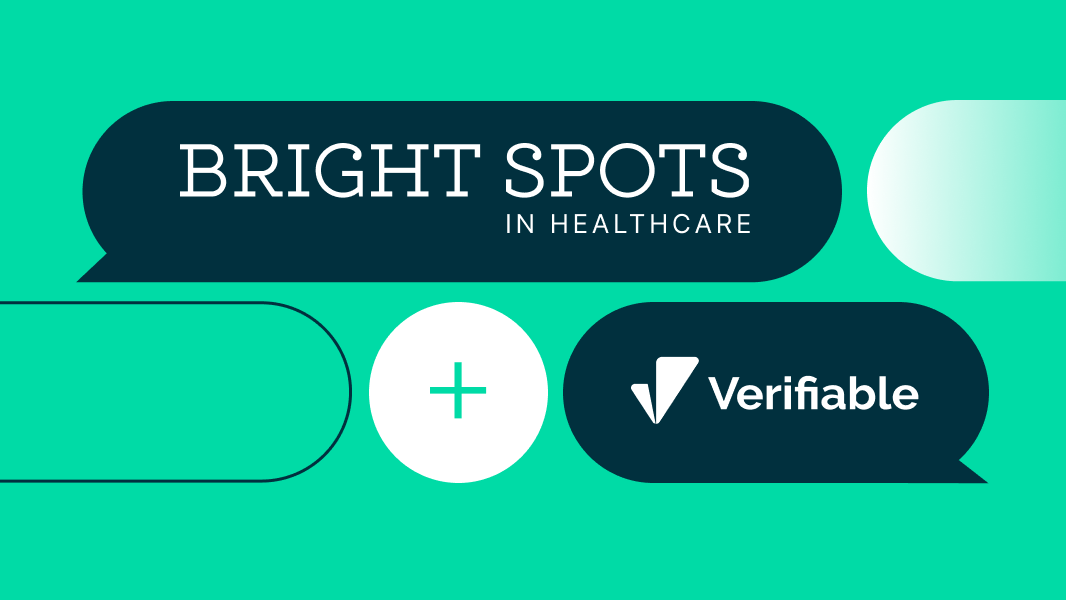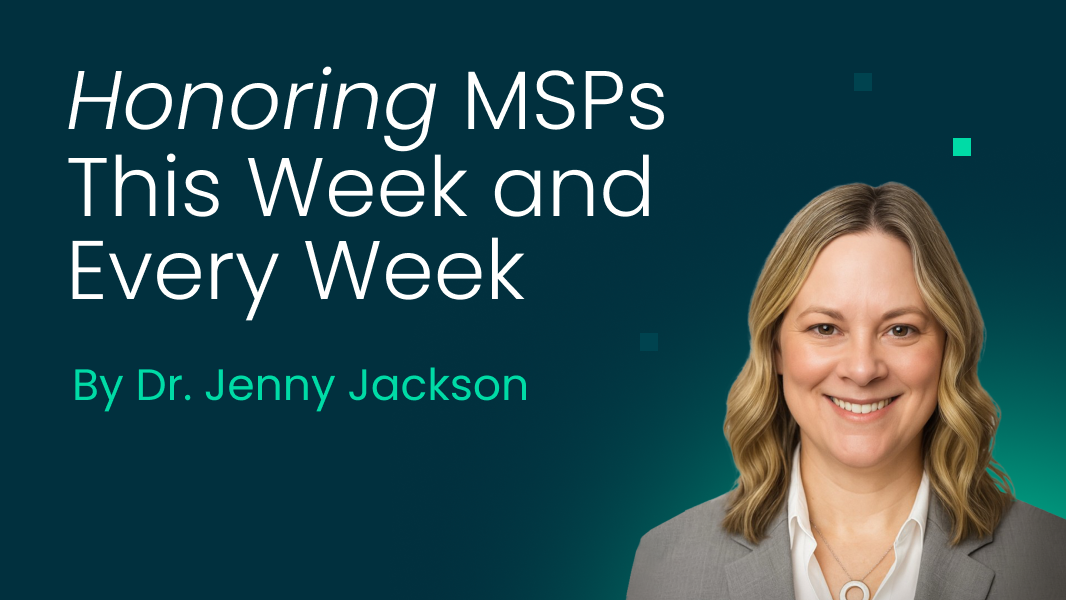A clear sightline into your provider network credentialing and monitoring is essential for ensuring quality of care, operational efficiency, and regulatory compliance. However, you’d be in good company if you cited “limited provider network visibility” as a major challenge. The most common culprits for this are disconnected data and teams, manual verifications stuck on paper, and hesitation in the adoption of credentialing automation solutions.
If you’ve acknowledged that limited provider network visibility is an issue for your organization, let’s talk about the ways you can overcome this challenge. With the right solutions in place, you can unlock a centralized source of truth that positively impacts your entire organization.
Clear Visibility Puts Network Leaders in the Driver’s Seat
When provider network data is timely, accurate, and centralized across an organization, there’s less guesswork in operational and strategic decision-making. Accessible data that offers insights into practitioners' and facilities' licensure and credentialing, helps you better understand your compliance, identify risks, and project into the future.
For example, with robust and accessible provider network data, you can answer questions such as:
- How many pediatricians do we have in a certain zip code?
- Do we have enough providers accepting Medicare?
- Are any of our providers on this month’s sanctions list?
This level of visibility bolsters care and member experience but also safeguards your organization, network and members. With a real-time view of your providers and facilities, you can protect against out-of-network referrals, prevent reimbursing sanctioned or excluded providers, and avoid unexpected changes in coverage.
While clear network visibility is ideal, some common blindspots may be holding you back.
Provider Network Visibility Blindspots Lead to Costly Inefficiencies
Without rolling out a provider network monitoring or credentialing solution, it’s nearly impossible to have a clear view of your entire network. Inherent blindspots can affect your visibility (and thereby, operational efficiency). Here are the most common pitfalls we see when provider network visibility is lacking:
Disconnected Data and Teams
Provider data often exists in multiple systems without a centralized source of truth. Different systems and teams manage facility and practitioner data, leading to inaccuracies and fragmented information. Without an integrated CRM and full view of the network, red (or green) flags get missed, teams can’t respond swiftly to risks, and decision-makers aren’t playing with a full deck.
Manual Verifications Leave Information Unknown
If you are one of the many organizations relying on manual processes for primary source verifications, you know that continuously monitoring thousands of state and federal verifications, like OIG, NPI, and Medicare opt-outs is a massive administrative challenge. Without the right technology, keeping tabs on an entire network and where they stand with credentialing makes maintaining compliance vulnerable.
Unnecessary Back-and-Forth
Without real-time, or even regular, visibility into a provider’s status, your credentialing and onboarding staff are wasting time with unnecessary back-and-forth communications. Whether it’s checking to see if a new provider is ready for scheduling, or if a sanctioned provider was properly revoked from appropriate systems, many touch points can lead to confusion. Additionally, if you don't have up-to-date information on a provider's credentials and status, decision-making becomes difficult.
Scalability Risks
As your provider network grows, scaling your operations effectively matters more than ever. Manual credentialing, onboarding and network monitoring hinder growth by reducing operational efficiency, adding workload, and increasing staffing needs. Having software that optimizes your provider network by turning manual verifications into a few easy clicks, lets the team focus on high-impact, growth activities.
4 Ways to Unblock Your Path to Provider Network Visibility
Good news! With a few key integrations, minimal visibility can transform into a powerful lever of provider network growth. Here’s how:
1. Centralize Your Provider Data in Salesforce (or Other CRMs)
Establishing a single source of truth ensures that all teams operate off the same information. This eliminates spreadsheet juggling and maximizes team productivity.
2. Use Automation for Real-Time Results and Alerts
With real-time primary source verifications integrated into your CRM, results and timestamps are kept securely in the provider profile. Whether you’re conducting initial credentialing, re-credentialing, or ongoing provider monitoring, you’ll know immediately if there’s an issue that compromises compliance.
3. Establish a Holistic Checklist for the Entire Provider Journey
Developing a holistic checklist for each stage of the provider journey—from onboarding to ongoing network monitoring—maintains accurate insights into provider status and compliance. Automated reports delivered to your inbox minimize errors and confusion, promoting faster responses to issues before they escalate.
4. Eliminate Manual Data Entry with Automation and Integrations
By automating data entry with CAQH with continuous monitoring of critical sources like NPDB, you can benefit from accessible and accurate data, compliance reliability, and real operational scalability. In short, automation through integration supercharges your CRM.
How Verifiable Helps to Provide Network Visibility
Leading health plans, including commercial health plans, government programs, and third-party administrators, are improving their provider network visibility and operations with Verifiable.
Verifiable powers NCQA-compliant credentialing and monitoring at scale, and seamlessly integrates with Salesforce for crystal clear network visibility. By partnering with Verifiable, the path to provider network visibility is cleared for scalability-takeoff.

.svg)




